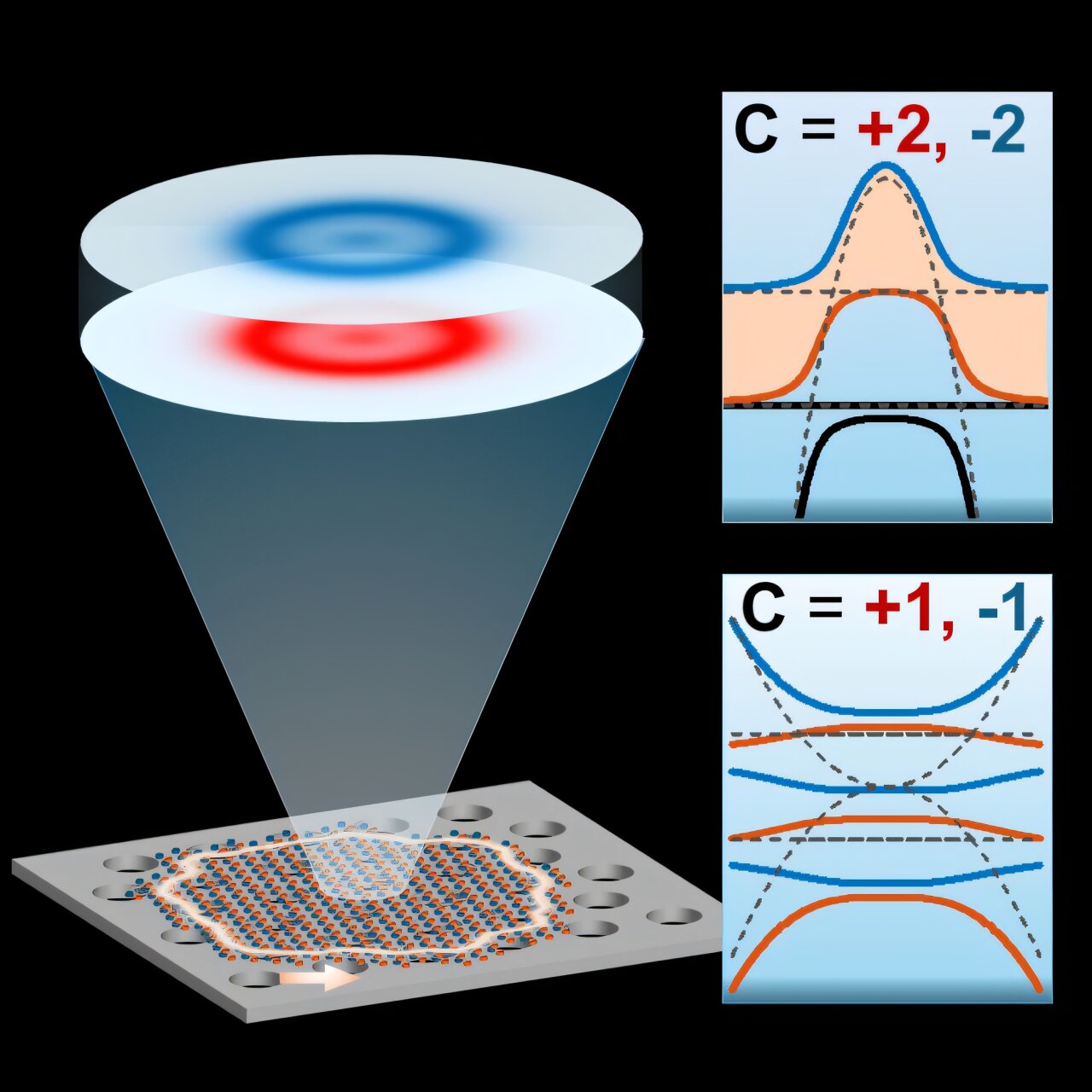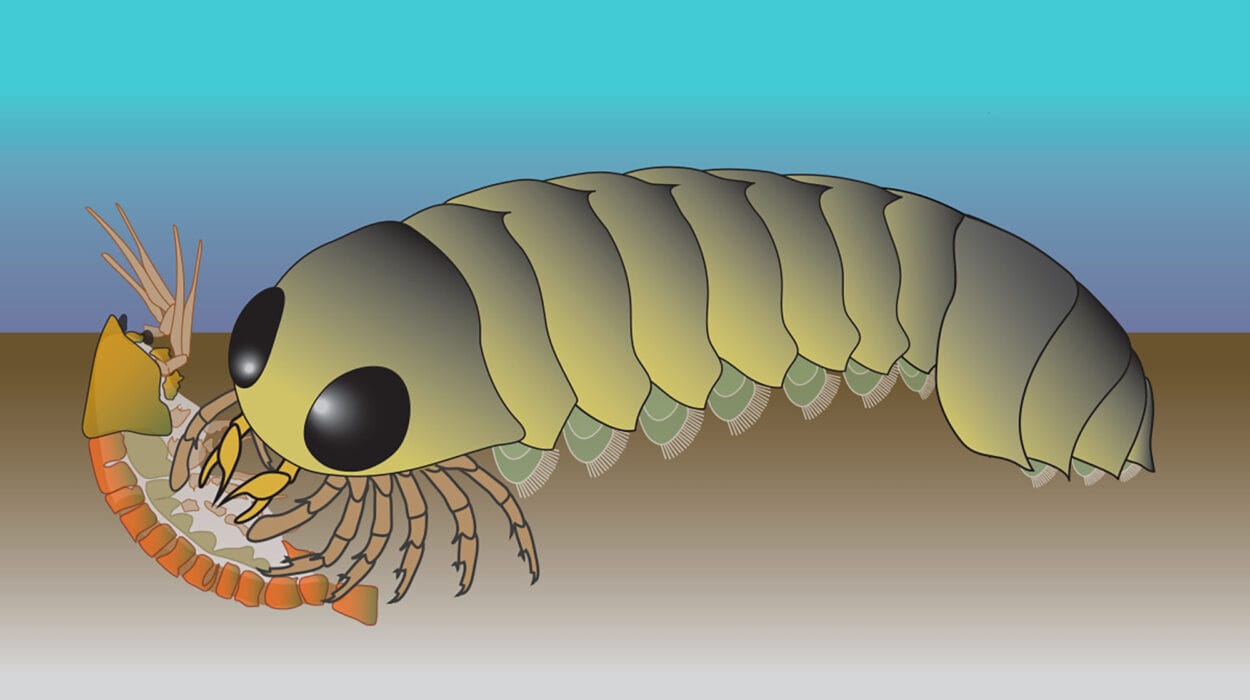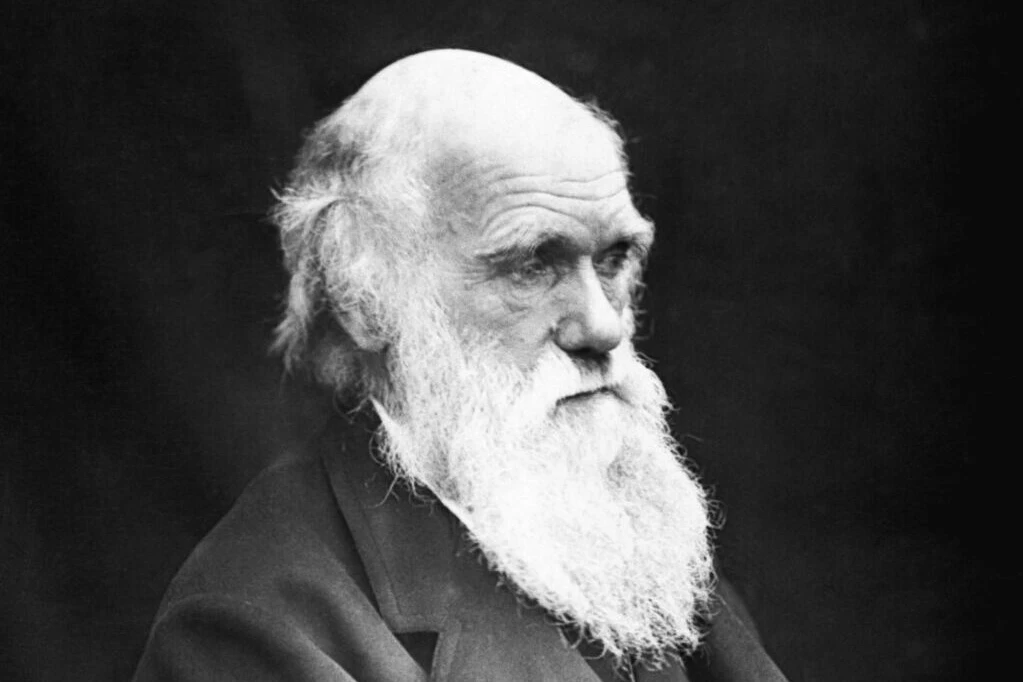In the invisible war between light and matter, a new class of materials has quietly emerged—not only to keep pace but to potentially revolutionize everything from lasers to quantum computers. They’re called topological insulators, and though their name might sound like something out of a sci-fi script, they’re very real—and they may be the key to unlocking the future of optics.
Now, in a groundbreaking study published in Physical Review X, physicists from the University of Michigan have unearthed a remarkable discovery: the range of materials that could fuel this next wave of optical technology is far broader than scientists ever imagined.
“We see this as a step toward building a more versatile and powerful foundation for future photonic technologies,” said Dr. Xin Xie, research fellow in the U-M Department of Physics and lead author of the study.
So what does that mean for the future of technology? To understand the revolution, you first have to understand the material.
The Paradox of the Perfect Conductor
In simple terms, a topological insulator is a paradox in physical form: it’s a material that doesn’t conduct electricity on the inside—but does so effortlessly along its edges or surfaces. Imagine a chocolate truffle: soft on the inside, yet with a crisp outer shell. Except in this case, the center blocks electric or light flow, while the outer shell becomes a superhighway for energy.
That peculiar quality is what makes these materials so powerful.
But the real innovation from the University of Michigan’s research is this: scientists have long believed there was only one way to build these special materials, particularly for optical technologies. It involved applying strong external magnetic fields to nudge materials into that desired conductive state.
That assumption? Now turned on its head.
“We were surprised by how common these properties actually are,” Xie said. “Many of the photonic crystal structures already being used in other parts of optics research can support these topological insulator behaviors. We just weren’t looking at them the right way.”
Riding the Edge of Light
So why do topological insulators matter in optics? Because they do something almost magical with light.
Traditional optical systems—like lasers, detectors, and imaging devices—are incredibly sensitive to imperfections. A stray defect or bump in the system can scatter light, creating noise, loss, or error. But topological insulators guide light along their edges in a single direction, unaffected by these imperfections. The light bends around obstacles like a whisper in a winding canyon.
Dr. Hui Deng, senior author of the study and professor of physics at U-M, explained why this matters: “There’s a lot of interest in these systems for transporting photonic information. They have unidirectional transport and the light can go around defects without scattering.”
In a world racing toward faster communication, more powerful quantum processors, and precise optical instruments, materials that can shepherd light with absolute fidelity are nothing short of revolutionary.
The Secret Lives of Band Gaps
At the heart of this discovery is a concept that lives deep inside materials science: the band gap.
Think of it as a kind of energy wall. Electrons or photons (particles of light) need to have enough energy to leap over this wall in order to flow and do useful work—whether that’s lighting up a pixel or sending a signal down an optical fiber.
In topological insulators, this band gap is what gives rise to their special properties. A larger band gap means the material is more robust: more resistant to errors, more stable under different conditions. It’s like giving the system a stronger immune system.
Before this research, scientists believed only one kind of band gap configuration could lead to the elusive properties needed for polariton Chern insulators—a specific kind of topological insulator ideal for optical technologies.
But the Michigan team used advanced symmetry analysis and computer simulations to blow open that narrow path. They discovered that a whole range of band gap configurations—some already found in common photonic crystal designs—could be harnessed to create these powerful optical materials.
The Beauty of Polariton Physics
To understand how this all comes together, it helps to peek into the strange world of polaritons.
Polaritons are exotic quasi-particles that emerge when light couples strongly with matter, such as when photons interact with excitons (bound electron-hole pairs) inside a material. This coupling creates a hybrid state that’s part light, part matter—kind of like a photon wearing a tuxedo.
These polaritons can travel with light-like speed while maintaining some of the useful properties of electrons. They’re the secret sauce in many proposed quantum technologies, and they’re especially good candidates for topological transport—moving information with minimal loss and distortion.
By combining atomically flat 2D materials with intricate photonic crystal patterns, the U-M team was able to simulate systems where these polariton-based insulators could form, offering band gaps up to 100 times larger than previously seen.
Let that sink in: a 100-fold increase in performance, using materials and patterns that have been hiding in plain sight.
Why This Matters for the Real World
Scientific revolutions often begin not with brand new inventions—but with reimagining what we already have.
What makes this research so exciting is its practicality. The kinds of photonic crystals the team studied are not hypothetical structures. They’re already used in optical labs around the world. They’ve just never been explored for this purpose.
That means the jump from theory to real-world devices could happen faster than anyone anticipated.
“We’re now working on fabricating these materials in the lab,” said Xie. “It’s not easy—but it’s well within reach. This is where our experimental strengths really shine.”
If successful, the result could be new generations of ultra-stable lasers, on-chip light routers for quantum computers, and fault-tolerant imaging systems that work even in extreme or noisy environments. Think space telescopes, brain-computer interfaces, and sensors that operate in disaster zones.
It’s not just about making existing devices better—it’s about building entirely new classes of technology that weren’t previously possible.
Light, Reimagined
The implications go far beyond physics labs. Every leap in optical technology—fiber optics, lasers, semiconductors—has reshaped the modern world. This research could represent the next such leap.
By demonstrating that topological photonic materials can be created more easily, more broadly, and with higher performance than anyone expected, the University of Michigan team has brought us closer to an era where light can be manipulated with the same control, speed, and precision as electricity.
In a world increasingly defined by speed—of communication, computation, and discovery—these insulators don’t just carry light.
They carry promise.
Reference: Xin Xie et al, Polariton Chern Bands in 2D Photonic Crystals beyond Dirac Cones, Physical Review X (2025). DOI: 10.1103/PhysRevX.15.021061






